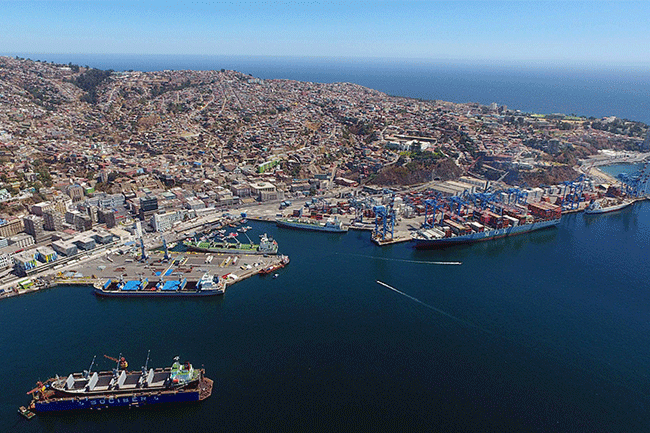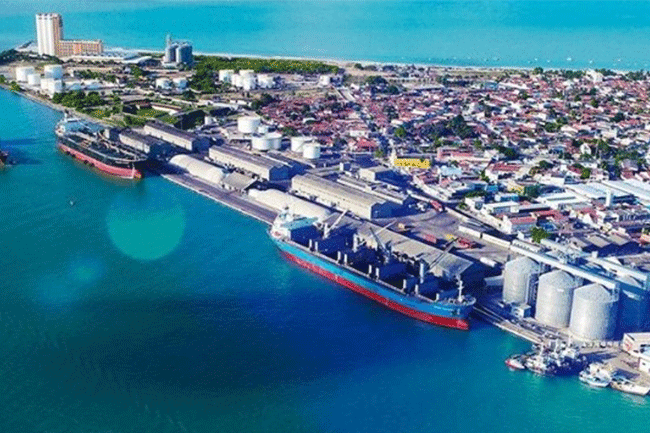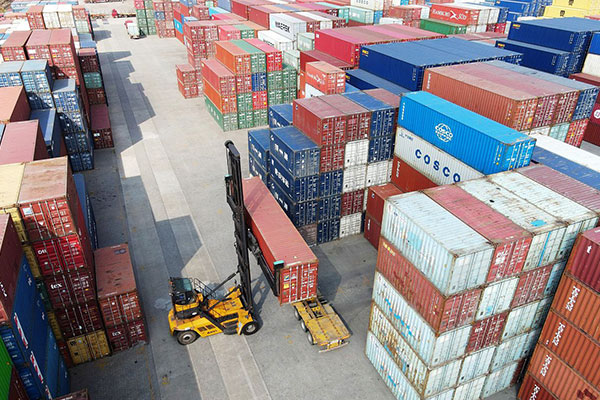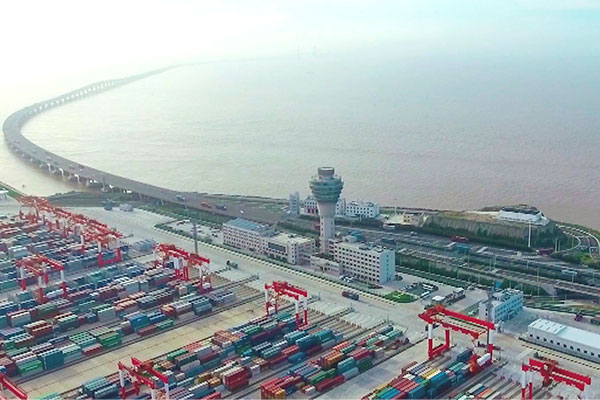- Shanghai Zhongshen International Trading Co., Ltd. – Your reliable partner with 20 years of import/export agency service expertise.
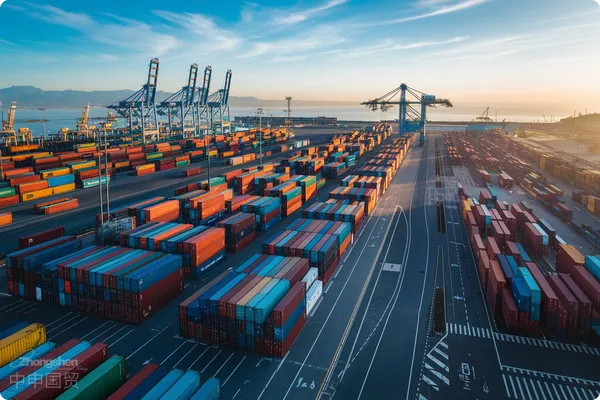
Importing Japanese Computer Parts: A Comprehensive Analysis from Process to Strategy
In today's globalized business environment, importing computer parts from Japan holds rich opportunities. However, to complete this import process smoothly, a clear understanding of many links is required, from document handling and logistics arrangements toConvert foreign exchange into RMBmethods and product certification. Every link is crucial. Next, we will provide an in-depth analysis of all aspects of importing computer parts from Japan.
Professional document processing
Document handling is the cornerstone of import trade. When importing computer parts from Japan, a series of key documents are essential. First is the Commercial Invoice, which details information such as the description, quantity, and value of the goods, and is an important basis for customs valuation and taxation. The content of the invoice must be accurate, including details such as the product's specifications, model number, and country of origin, which must be clearly marked.
The Packing List is also important; it provides a specific description of the goods in each package, which is convenient for customs inspection and for verifying the goods during logistics and distribution. In addition, the Bill of Lading, as the document of title, plays a key role during transport. Whether it's aMaritime transportBill of lading orAir freightbill of lading, it is necessary to ensure it is consistent with the actual cargo situation.
Handling these documents requires professional knowledge and a rigorous attitude. Any small oversight could lead to the goods being blocked during customs clearance, delaying delivery time and increasing extra costs. A professionalforeign tradeagency company, such as one specializing in import process services likeZhong Shen International Trade Co., Ltd., has an experienced documentation team that can handle various documents skillfully, ensuring their accuracy and completeness, and solving problems for importers.
Efficient logistics arrangements
The logistics link directly affects whether the goods can arrive at their destination on time and safely. Common modes of transport for importing computer parts from Japan are sea and air freight. Sea freight is relatively low-cost and suitable for large-volume shipments, but the transit time is longer; air freight is fast and suitable for time-sensitive goods, but the cost is higher. Importers need to choose the appropriate mode of transport based on their own needs and the characteristics of the goods.
If sea freight is chosen, the shipping schedule must be considered. Japan has several major ports, such as the Port of Tokyo and the Port of Osaka. Before the goods are loaded, procedures such as customs declaration and inspection must be completed. After the goods arrive at the destination port, processes such as unloading and customs clearance are also required. Among these, warehousing arrangements should not be overlooked. If the goods cannot be cleared and picked up from the port in time, high demurrage fees may be incurred.
In terms of air freight, the flight frequency is relatively high, but the requirements for the packaging and dimensions of the goods are stricter. At the same time, the cargo tracking system for air freight is more convenient, allowing importers to have real-time knowledge of the transport status of their goods. A professional foreign trade agency will develop an optimized logistics plan for the importer based on the actual situation of the goods and the logistics resources available in the market to ensure efficient and safe transport of the goods.
Opportunities and Challenges in the Context of International Trade
The current international trade situation is complex and ever-changing, and importing computer parts from Japan faces both opportunities and challenges. On the opportunity side, the acceleration of global digitalization has led to a continuous increase in the demand for computer parts. As a country with a developed electronics industry, Japan's computer parts have certain advantages in technology and quality, meeting the market's demand for high-quality products.
However, the challenges should not be ignored. The rise of trade protectionism has led various countries to introduce trade restriction measures, such as tariff adjustments and import quotas. This may lead to increased import costs and squeezed profit margins. In addition, exchange rate fluctuations also bring uncertainty to import trade. The instability of the Japanese yen's exchange rate may cause importers to face exchange losses during settlement. In the face of these challenges, importers need to pay close attention to changes in international trade policies and regulations, reasonably plan their import strategies, and use financial instruments such as forward foreign exchange contracts to lock in exchange rates and reduce exchange rate risks.
of the Southeast Asian marketImport and exportProcess and Solution
For the Southeast Asian market, importing computer parts from Japan also has its unique processes and requirements. Before importing, it is necessary to understand the trade regulations and policies of various Southeast Asian countries. For example, some countries may have special certification requirements for certain electronic products, or different tariff rate settings for imports.
Taking Thailand as an example, imported computer parts need to be certified by the Thai Industrial Standards Institute (TISI). Before the goods arrive at a Thai port, the importer needs to prepare relevant documents in advance, including the commercial invoice, packing list, and bill of lading, and make a declaration to Thai customs. After customs inspects the goods and confirms they are consistent with the documents, it will levy customs duties and value-added tax according to the relevant tax rates.
In terms of logistics, the Southeast Asian region has many ports, but the infrastructure of some ports may be relatively weak, and logistics efficiency needs to be improved. Therefore, choosing a reliable logistics partner is crucial. A professional foreign trade agency can, with its extensive experience in the Southeast Asian market, assist importers in establishing good cooperative relationships with local freight forwarders, customs brokers, etc., to ensure smooth customs clearance and distribution of the goods.
At the same time, when conducting trade with Southeast Asian suppliers or clients, it is important to be aware of cultural differences and different business habits. This helps to build good cooperative relationships and promote the long-term stability of trade.
Advantages of VTB Foreign Exchange Settlement in the Russian Market
When importing computer parts from Japan involving the Russian market, a unique advantage must be mentioned—the convenience of settlement through VTB Bank. Settlement of exchange is the act of the owner of foreign exchange income selling their foreign exchange income to a designated foreign exchange bank, which then pays the equivalent in local currency at a certain exchange rate.
In trade with Russia, choosing the right settlement bank and method is particularly important due to the characteristics of the Russian financial system and the international political and economic environment. As an important financial institution in Russia, VTB Bank has an extensive network and rich experience in international trade settlement.
When importing computer parts from Japan for sale to the Russian market, settling through VTB Bank allows for a relatively convenient process. First, after the importer signs a trade contract with the Russian client, the client can pay for the goods to the importer through VTB Bank. After receiving the payment, VTB Bank will convert the foreign exchange into the local currency at the international exchange rate and pay it to the importer. Compared to other banks, VTB Bank's procedures for trade settlement with Russia are relatively simple, and the settlement speed is faster, which can effectively reduce the importer's capital occupation time and costs.
In addition, VTB Bank is more familiar with the trade regulations and policies of the Russian market and can provide professional financial consulting services to importers, helping them avoid potential financial risks. This unique advantage in settlement provides strong support for importers expanding into the Russian market.
Assistance with product certification services
Product certification is an important step to ensure that computer parts comply with the regulations and quality standards of the target market. Although ZhongShen does not directly provide certification services, it can provide professional assistance to clients.
Different countries and regions have different certification requirements for computer parts. For example, the EU has CE certification, and the US has FCC certification. Before importing computer parts from Japan, the importer needs to clarify the certification requirements of the target market. ZhongShen, with its extensive industry experience and broad resource network, can provide detailed certification consulting services to importers, informing them of the specific content, process, and certification bodies for the required certifications.
At the same time, during the certification process, ZhongShen can assist importers in preparing relevant materials and coordinating communication with the certification bodies to ensure a smooth certification process. Through this professional assistance, importers can complete product certification more efficiently, allowing their computer parts to enter the target market smoothly.
Importing computer parts from Japan requires comprehensive consideration of multiple aspects, including document handling, logistics arrangements, the international trade situation, settlement methods, and product certification. By choosing a professional foreign trade agency and fully leveraging its professional capabilities and advantages in each link, importers can better seize opportunities, respond to challenges, and achieve the smooth progress of their import trade. Whether targeting the Southeast Asian market, the Russian market, or other regions, following professional processes and strategies is the key to success.
? 2025. All Rights Reserved.
